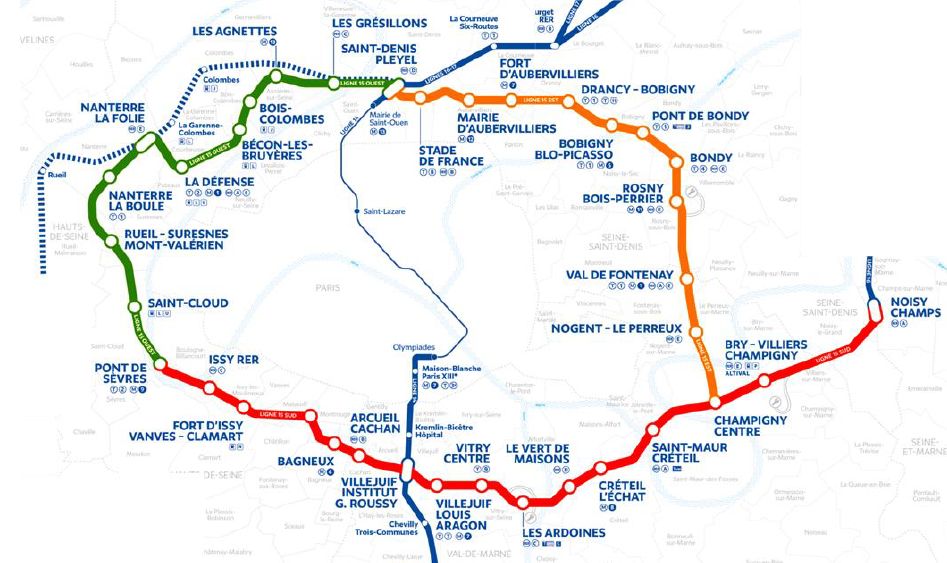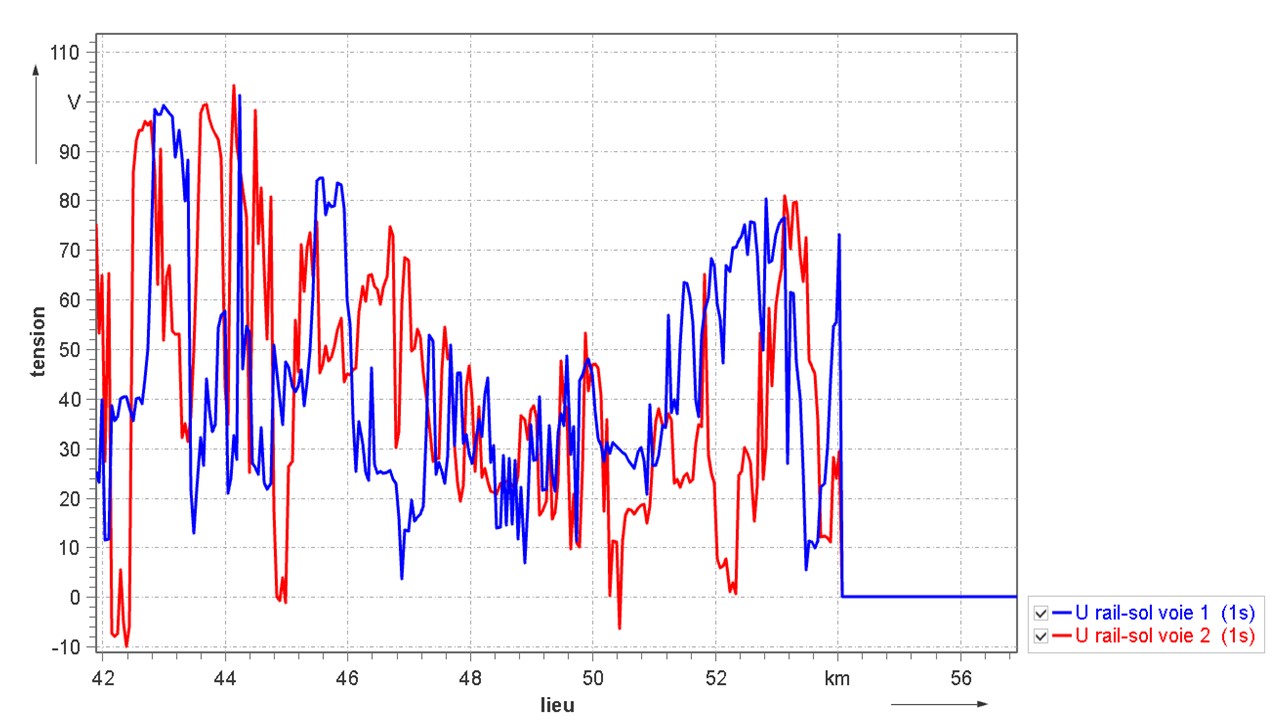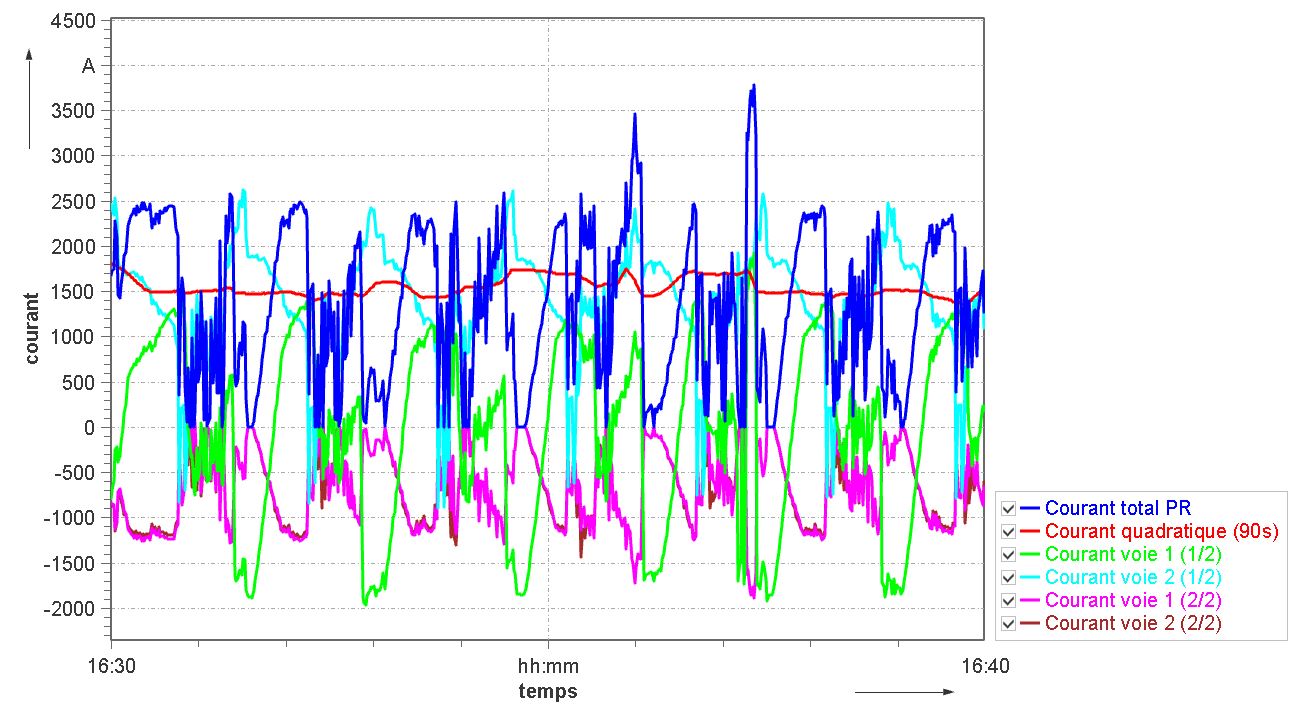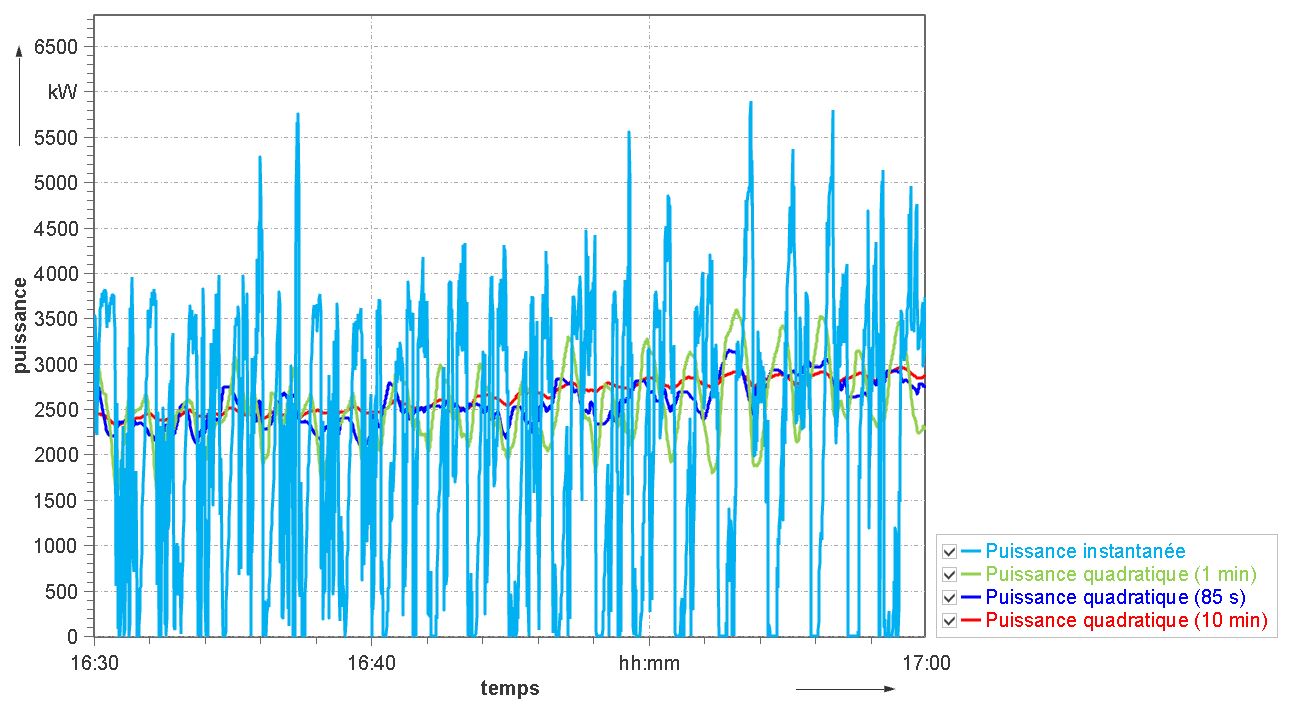Project Description
Line 15 West, a 20-kilometre underground section, is one of the major components of the Grand Paris Express project. The line will form a new loop around Paris and is expected to serve 1.2 million passengers daily.
More than 800,000 residents of the Hauts-de-Seine and Seine-Saint-Denis departments will benefit from new connections to the broader metropolitan area and its infrastructure. From its commissioning, Line 15 West will provide interchanges with the Transilien, RER, metro, and tram networks, as well as with Lines 14, 16, and 17 of the Grand Paris Express. Together with Lines 15 South and 15 East, it will form a 75-kilometre loop around the capital. Supporting development in the western part of the Paris region—home to La Défense, Europe’s largest business district—the line will also connect to key strategic areas of Greater Paris, such as Saint-Denis Pleyel and the Roissy and Le Bourget airports. Line 15 West will serve all Parisians and suburban residents alike.
Commissioning of Line 15 West is scheduled for around 2030.
Key Figures
-
11 stations, 10 of which will be connected to the Île-de-France transport network
-
14 municipalities across two departments
-
600,000 daily journeys expected
-
20 km of fully automated metro line
Our Services
Tractedis is responsible for the traction power simulation of the Western branch, between Pont de Sèvres and Bécon-les-Bruyères stations. All line-specific data (speed limits, gradients, curves, rolling stock types, train intervals, etc.) is integrated into the SIGNON software suite, developed by ELBAS.
Several simulations are conducted to correctly dimension the traction power system. These include scenarios covering degraded operating modes (such as the failure of one traction substation group) and partial service operations (trains running on only part of the line).
Following these calculations, the results are visualized through detailed graphics—showing line voltages, rail-to-ground voltages, catenary currents, and RMS currents of traction substations. The critical values are extracted to determine the minimum required power for the traction substations.
The software also allows the integration of energy recovery systems and/or voltage regulation mechanisms.





:quality(80)/bucket-prod.jecreemavitrine.fr/uploads/sites/128/2022/02/Tractedis_white-e1602604488737.png)
:quality(80)/bucket-prod.jecreemavitrine.fr/uploads/sites/128/2022/02/Tractedis_color.png)
:quality(80)/bucket-prod.jecreemavitrine.fr/uploads/sites/128/2021/09/L15.png)
:quality(80)/bucket-prod.jecreemavitrine.fr/uploads/sites/128/2021/09/L15.png)